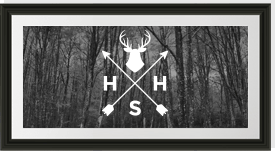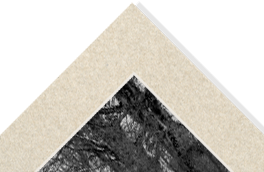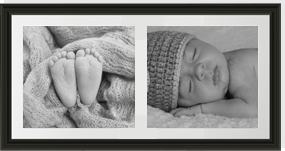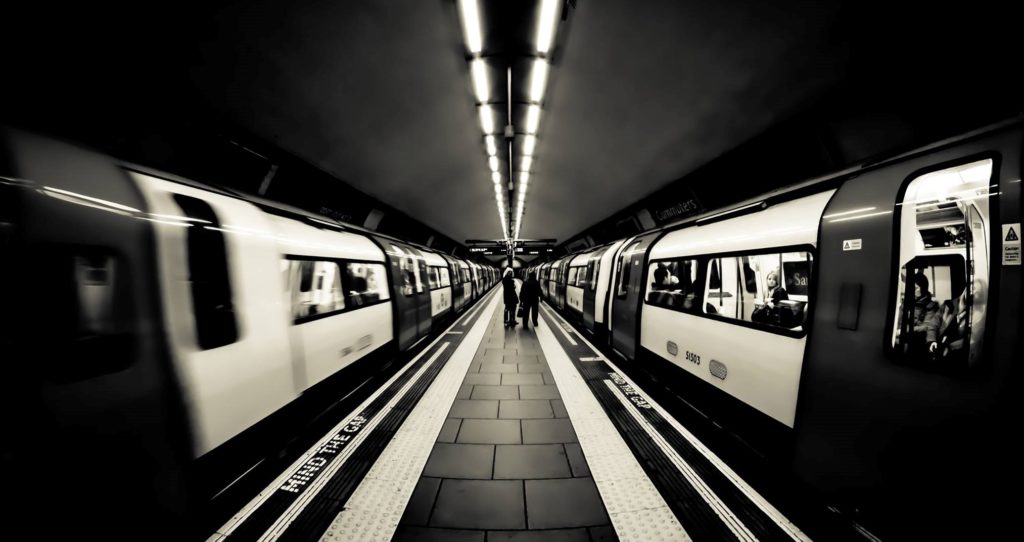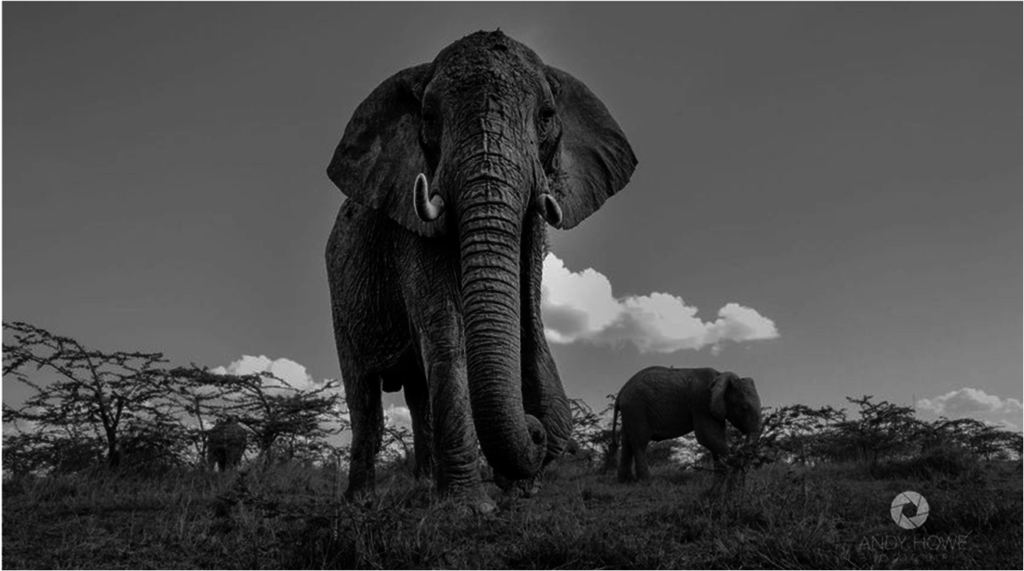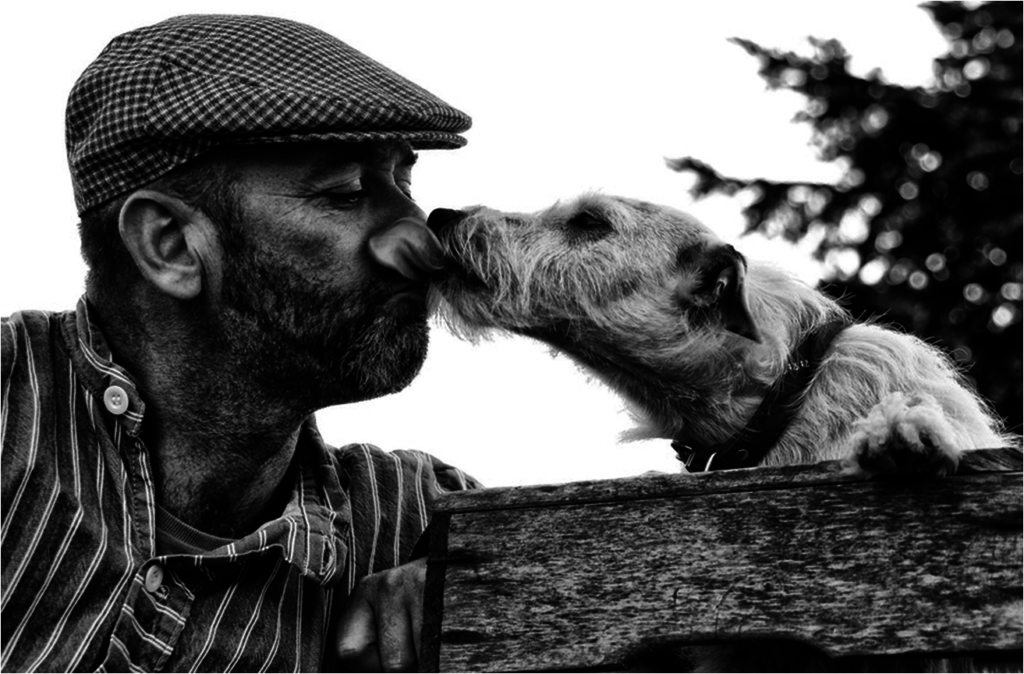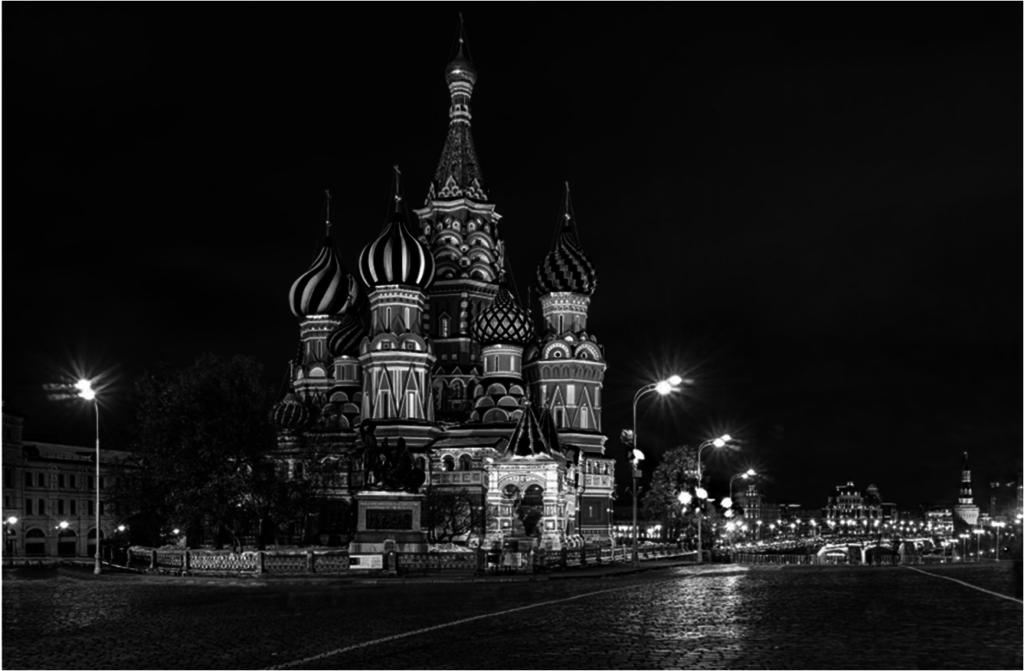Black and White Photography
Known for its timeless beauty and art-like form, black and white photography can transform a regular colour image into something magically engaging, strikingly moody or highly contrasted and dramatic.
Monochromatic photography consists of a multitude of grey-tone shades that vary from black to white, which together create a stunning contrast in a scene. This type of contrast arguably captures a new perspective and aesthetic that cannot be as easily expressed through colour images.
With the editing software available in this modern age, black and white photography can seem an easy art form to master. However, there is more to monochromatic photography than just putting a ‘noir’ Instagram filter over your image to make it effective and emotive.
Remove the Distraction of Colour
Colour is powerful and therefore tends to dominate an image, taking away from important elements such as tone, texture, and quality of light. As a result of this, certain genres of photography are more likely to utilise a monochromatic medium as this forces viewers to look at the subject, texture, and composition of a photo to understand the narrative. Black and white photography is most commonly used in street and documentary photography for this reason.
Due to the content of the image being of the utmost importance in black and white photography, naturally, certain subjects tend to work better than others. Subjects showing the emotion of a moment and scenes with a variety of coloured hues are said to be the most effective.
Focus on Patterns, Texture, and Shapes
Patterns, textures, and shapes are three of the most important aspects of black and white photography to ensure your colourless photo doesn’t look flat and bland.
A top tip with monochromatic photography is to train your eyes to see a potential photograph in monochrome by searching for patterns, textures, and shapes that would translate well in black and white photography. Repeating patterns in architecture, capturing silhouettes at “golden hour” and photographing textures such as bark on a tree, pebbles on the beach or the fur on an animal will provide you with the best contrast of grey tones and fit the mood of the image.
A great example of an image with a variety of textures and patterns is “Man and Dog” by Etienne Chalmet. The texture of the dogs’ fur and the man’s beard, the grain of the wood and the pattern of the hat and shirt is emphasised by the image being black and white, which you notice through being encouraged to look at the image more deeply.
Be Conscious of Contrast & Tone
Black makes white pop! Black and white photography relies on tone, which is the contrast in shade between the lightest and the darkest part of the image. “An image with high contrast will have a large tonal range whereas an image that is flatter will have less difference.”
Lighting plays a huge factor in the tone of a black and white photograph, as lighting creates highlights, shadows and everything in-between. There are however also subjects that contain deep shadows and bright highlights, which in themselves have a wide range of tone and high contrast. A great example of a photograph with fantastic tonal range is the below image “Saint Basil’s Cathedral” by Michael Ryvkin. The dark sky emphasises the already wide range of tones in the cathedral and creates a magically engaging image as a result.
Producing a stunning black and white photograph can take practice, but the rewards of capturing that perfect shot are both fun and rewarding!
Don’t forget, there’s still time for you to enter our monthly photography competition for your chance to win £100 worth of Picture Frames Express vouchers! This month’s theme is black and white photography, so if you haven’t, you still have a chance to enter now here.
Header image credit: Clapham Underground London by Simon Hadleigh-Sparks
